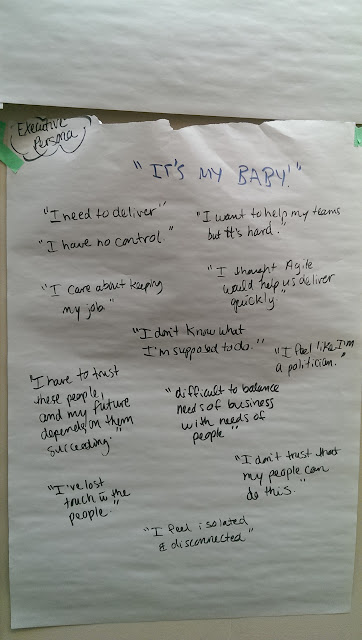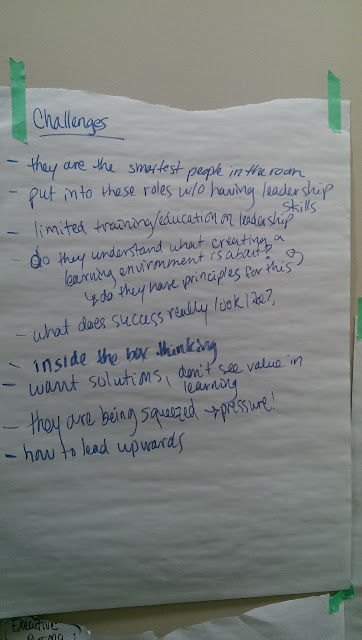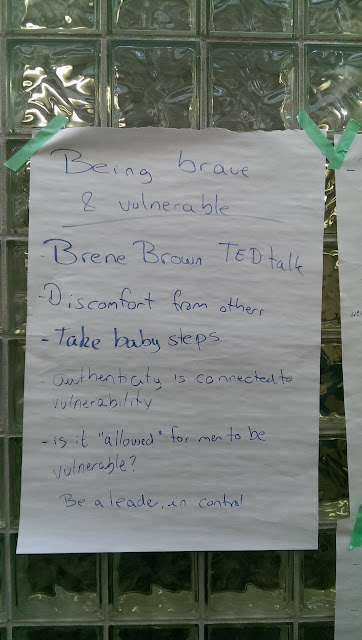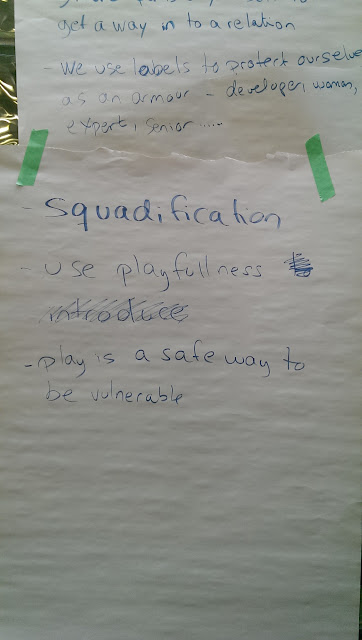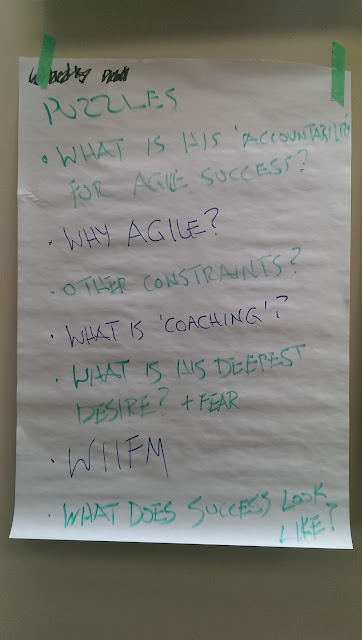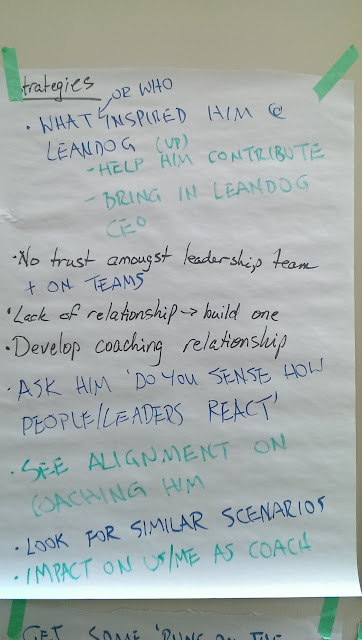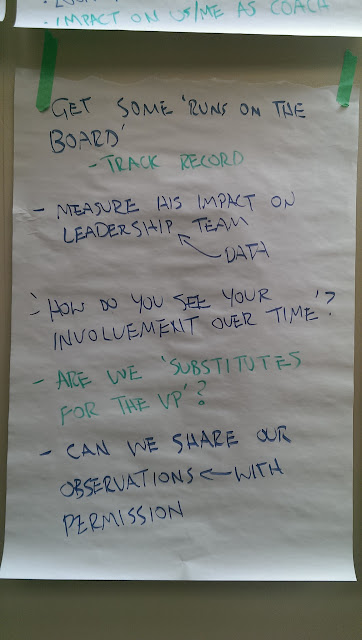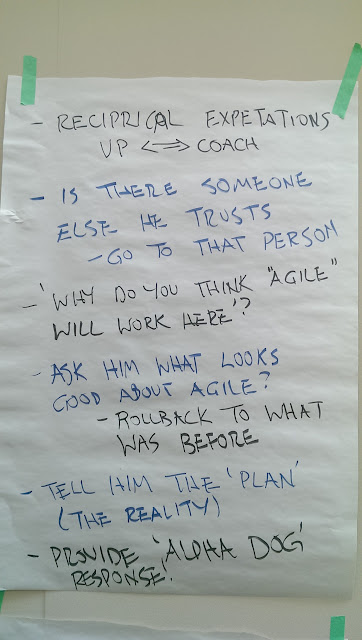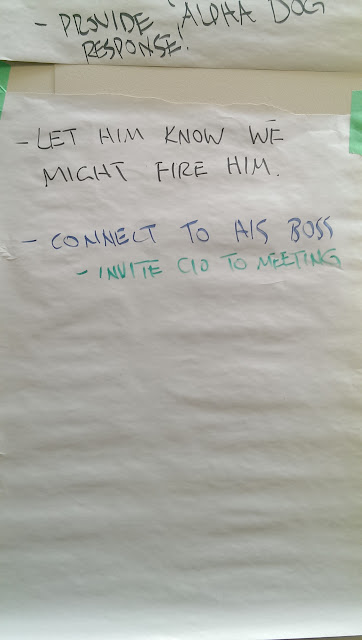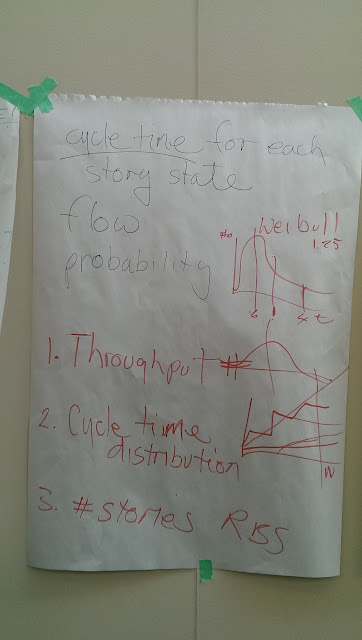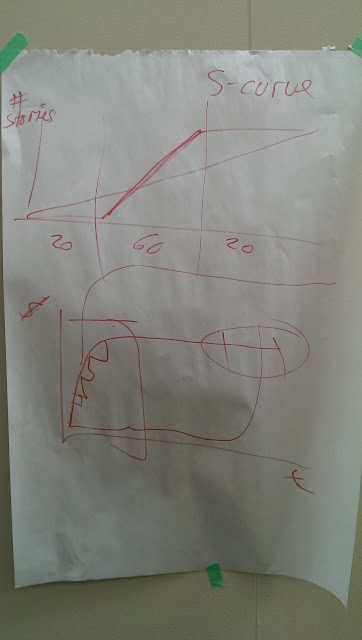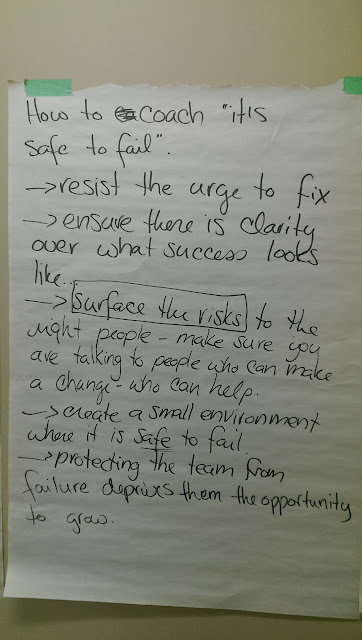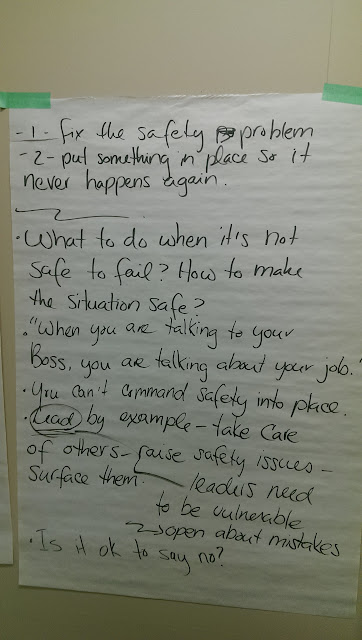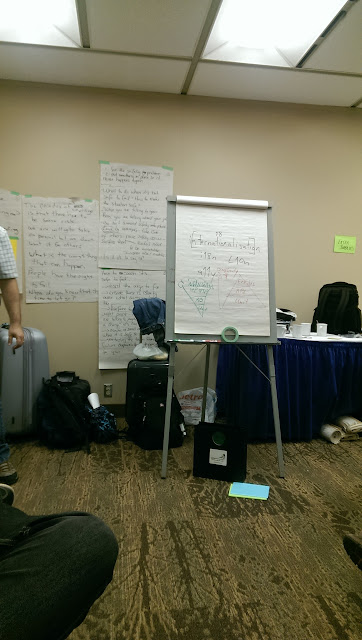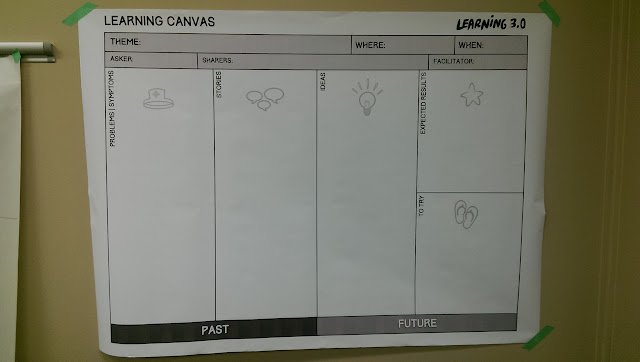Agile Coach Camp Canada has turned 6 this year. It was held at two location, in the east and west. With the east one, started one week earlier than the west. The ACCCA east was held in Cornwall Ontario. You can find more information about who attended the ACCCA this year on ACCCA website. The format of the conference was an open space format.
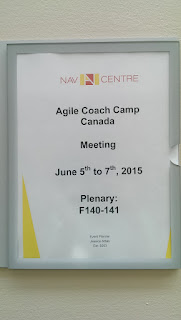 |
| ACCCA15 at Nav Centre |
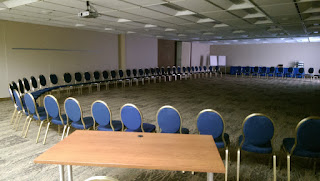 |
| To be filled with lots of agile people |
You can see the marketplace for the first day. There were all kinds of games to be played at the unconference.
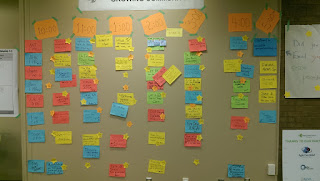 |
| Marketplace |
 |
| Lots of games! |
Coaching leaders, management, executives and its challenges
This conversation was initiated by Selena. You can see that it was discussed in depth the challenges of coaching leaders and how to overcome those challenges. Unfortunately, I wasn’t present in person for the discussion.
Agile Management + Leadership
The fist talk that I participated was about the Integral and how it can help agile management and leaderships. It was given by Dr. Michael Hammon. To read more about Integral, you can visit Integral Theory & Thinking page.
Being brave & vulnerable
The next topic that I was really interested but didn’t get the chance to attend was “Being brave & vulnerable”. This talk was initiated by Gitte. For beginning on this, it is suggested to watch the ted talk from Brene Brown.
Patterns of Developing Internal Agile Coaches
Lyssa discussed the patterns of developing internal agile coaches. Why they are beneficial and if that makes sense to have internal agile coaches. You can see the notes below.
How to “install” Agile in an organization?
A really interesting talk was given by Mike and Declan on symptoms of installing Agile in an organization. The talk was mainly about their experience with a really brilliant client that he/she thought understood agile philosophy completely and asked Mike and Declan just to follow his requests and install agile in his/her organization.
Why do we measure?
Andrew begin a discussion on “Why do we measure / what measurements do we need to capture?” Unfortunately, I wasn’t part of the conversation. However, it is a really valid point to consider and you need to ask why are you measuring and estimating? Is there a reason behind that? You might want to work on that!
Let’s Draw a Toast!
Chris gave a presentation on how to draw a toast. I wasn’t part of that either. The outcome of that discussion was really cool though.
Fail Safe Environments
A really cool topic that I participated was about Anzen or safety. You can find several good ideas from the posters to apply to your workplace. This topic was detailed by Isabelle and Caroline.
There were really cool posters on the wall too. I love the one that says: “Remember! Always follow the methodology”.
Agile Testing Patterns
I also took part in the discussion for different testings and different perspectives to look them at. The four different aspect are Business Facing, Technology Facing, Support Development, Critique Product. You can run the same experience with your team and ask them to see where testing for their agile team sits on the board. Then you can bring the discussion that what else can be done. Also, a great thing to learn from this discussion is that as much as we move toward Critique Product, we can less automate the testing process. This discussion was led by Paul (more from him at Agile Testing Patterns session notes & Agile Testing Automation).
Two important aspects we discussed include:
- Some types of testing people mention aren’t real types of testing.
- e.g. Regression, Smoke/Sanity, Automation, and so on.
- These are generally subsets of other types of tests, or describe a way of performing them (e.g. exploratory/manual).
- We cannot, nor should we, automate *ALL* testing activities.
- Some kinds of tests are too complex to try and automate (e.g. usability, UAT)
- Some kinds of tests are enhanced with tools but cannot be completely automated (e.g. Security, Performance, Accessibility, Localisation, and so on..)
I found Learning Canvas on one of the walls of the conference. It is a really interesting idea to follow when you want to learn a new concept. You can simply journal what you have and where you are and where you need to get. It is like a pre-defined journey line for a specific topic.
And as always there were some talk that involved dancing. The talk was from Mike and Jesus on how they used their inner dancer to help their team become agile.
You can find a presentation I put together for my colleagues below.
You can find great articles regarding ACCCA through the following websites:


